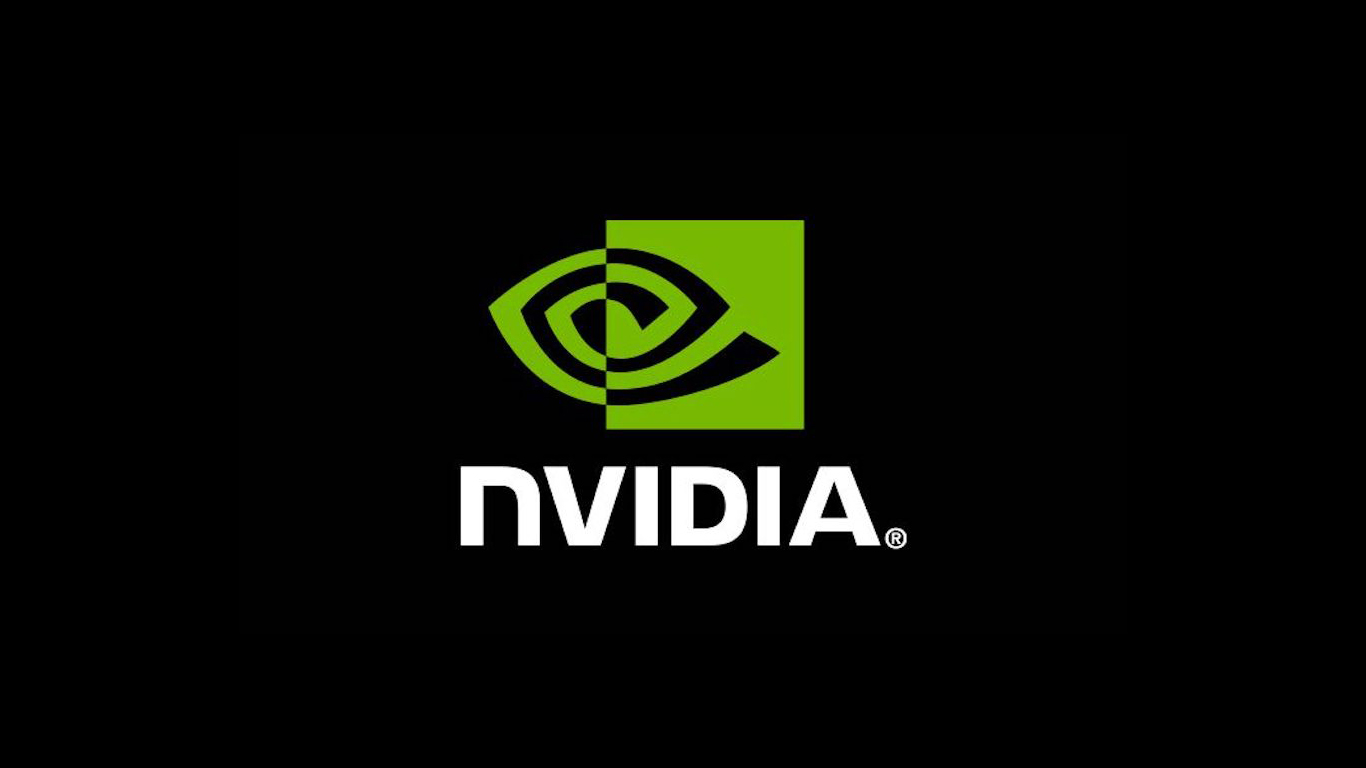
The three major U.S. equity indexes closed lower Monday. The Dow Jones industrials dipped by 0.57%, the S&P 500 dropped 0.67% and the Nasdaq retreated 1.02%. The declines reflect a boost that arrived in mid-morning, only to evaporate slowly by the closing bell. Nine of 11 sectors ended the day with losses, led by tech (1.3%) and real estate (0.9%). The energy (up 1.5%) and utilities (up 0.3%) sectors posted the only gains. All three indexes were trading higher in Tuesday’s premarket, trying to erase Monday’s losses.
[in-text-ad]
Before markets opened on Tuesday, Best Buy beat both top-line and bottom-line estimates and reiterated lackluster guidance given in July. The stock traded up by about 1.6%.
Baidu beat estimates on both the top and bottom lines. Shares traded up about 3.2% Tuesday morning.
After U.S. markets close on Tuesday, ChargePoint, Chewy, CrowdStrike, HP and HPE will be reporting quarterly results.
Here is a preview of four companies set to report results late Wednesday or early Thursday.
Campbell Soup
Over the past 12 months, shares of Campbell Soup Co. (NYSE: CPB) have risen by about 23.5%, while the consumer staples sector has sunk by more than 10%. For the year to date, Campbell Soup has added about 17.7%, while the S&P 500 has declined by 15.4%. The stock has been flirting with the 52-week high posted in early May and trades about 30% higher than its 52-week low posted in late October. On top of that, the maker of a variety of consumer food products also pays a solid dividend yield. The company reports quarterly results before markets open on Thursday.
Analysts are less than bullish on the shares. Of 18 brokerages covering the stock, 12 have a Hold rating while five rate the stock at Sell or Strong Sell. At a recent price of around $51.10 a share, the stock traded above its median price target of $48.00. At the high price target of $55.00, the upside potential is about 7.6%.
For the company’s fourth quarter of fiscal 2022, the consensus revenue estimate is $1.98 billion, which would be down 6.9% sequentially but up by 5.9% year over year. Adjusted earnings per share (EPS) are forecast at $0.56, down 19.5% sequentially and up a penny year over year. For the fiscal year ended in July, estimates call for EPS of $2.84, down 4.7%, on sales of $8.54 billion, up by about 0.8%.
Campbell Soup stock trades at 18.0 times expected 2022 EPS, 17.5 times estimated 2023 earnings of $2.92 and 16.7 times estimated 2024 earnings of $3.07 per share. The stock’s 52-week trading range is $39.76 to $51.94. The company pays an annual dividend of $1.48 (yield of 2.89%). Total shareholder return for the past year was 27.7%.
Okta
Enterprise software company Okta Inc. (NASDAQ: OKTA) has seen its share price sink by nearly 66% over the past 12 months. A short-lived data breach in January caused little damage. Okta’s identity services remain in demand as the industry consolidates, primarily through private equity acquisitions of Okta’s competitors. The company has been investing in customer acquisition, and that is expensive. After posting a 52-week low in late May, shares have added nearly 14%, and a solid earnings report after Wednesday’s close could push the shares higher.
[in-text-ad]
Of 30 analysts covering the stock, 22 have a Buy or Strong Buy rating, and another seven rate the stock at Hold. At a share price of around $89.80, the implied upside on the stock, based on a median price target of $140.00, is about 55.9%. At the high price target of $193.00, the upside potential is nearly 115%.
Second-quarter revenue is forecast at $430.66 million, up 3.8% sequentially and by 36.5% year over year. Okta is expected to post a loss per share of $0.30 for the quarter, three cents worse than the prior quarter’s loss and 19 cents worse than the year-ago loss. For the full 2023 fiscal year ending in January, analysts are looking for a loss per share of $1.11, compared with a year-ago loss of $0.46 per share, on sales of $1.82 billion, up 40%.
Okta is not expected to post a profit in 2023 or 2024. The multiple for estimated 2025 earnings of $0.37 per share is 240.2. The stock’s 52-week range is $77.01 to $276.30, and Okta does not pay a dividend. Total shareholder return for the past year is negative 66.8%.
ALSO READ: Threat to Gulf Oil and Gas Production Remains High With 2 Months Left in Hurricane Season
Pure Storage
Shares of storage technology firm Pure Storage Inc. (NYSE: PSTG) reached an all-time high in late March before dropping by 38% just two months later. Since then, the shares have added more than 33% and traded 23.7% higher over the past 12 months. The company beat prior-quarter revenue estimates by a smart 20% but was a little short on profit. Pure Storage has beaten the consensus revenue estimate in 12 consecutive quarters. Underpromising and overdelivering — what a concept. The company reports quarterly results after Wednesday’s closing bell.
Of 20 brokerages covering the firm, 16 have a Buy or Strong Buy rating and the other four rate the shares at Hold. At a share price of around $29.80, the potential upside based on a median price target of $37.00 is 24.2%. At the high price target of $44.00, the upside potential is nearly 47.7%.
Pure Storage is expected to report second-quarter 2023 revenue of $636.06 million, up 2.5% sequentially and 28.0% higher year over year. The adjusted EPS estimate of $0.22 is down 12% sequentially but up 57% year over year. For the full year, current estimates call for EPS of $0.94, up 41.1%, and sales of $2.67 billion, up 22.3%.
[in-text-ad]
The company’s stock trades at 31.7 times expected 2023 EPS, 26.6 times estimated 2024 earnings of $1.12 and 22.7 times estimated 2025 earnings of $1.31 per share The stock’s 52-week range is $21.89 to $36.71, and Pure Storage does not pay a dividend. Total shareholder return for the past year is 23.7%.
SentinelOne
Cybersecurity software provider SentinelOne Inc. (NYSE: S) has dropped about 57% of its value over the past 12 months. The company, which came public in July 2021, reached a post-IPO high in mid-November and the shares have shed 63% since then.
Growth does not appear to be a problem, as revenue has more than doubled year over year in every quarter since the company came public. Investors’ current sourness on tech stocks, along with SentinelOne’s consistent cash burn, could be more a reflection of the overall market than of the company’s prospects. SentinelOne reports quarterly results after markets close Wednesday.
Of 18 brokerages covering the company, 14 have a Buy or Strong Buy and the others have Hold ratings. At a share price of around $27.90, the upside potential based on a median price target of $65.00 is about 27.2%. At the high price target of $54.00, the upside potential is nearly 100%.
Second-quarter revenue is forecast at $95.66 million, up 22.2% sequentially and by 109.0% year over year. The company’s adjusted loss per share is forecast at $0.25, compared to the prior quarter’s loss of $0.21 and the year-ago quarterly loss of $0.20. For the full 2022 fiscal year that ends in January, the company is expected to post a loss per share of $0.83, compared to a loss of $1.03 per share last fiscal year, on sales of $406.3 million, up 98.4%.
SentinelOne is not expected to post a profit in 2023, 2024 or 2025. The stock’s enterprise value to sales multiple is 15.3 times in 2023, 9.3 times in 2024 and 6.3 times in 2025. The stock’s 52-week range is $18.64 to $78.53. The company does not pay a dividend, and the total return for the past year was negative 57%.
It’s Your Money, Your Future—Own It (sponsor)
Retirement can be daunting, but it doesn’t need to be.
Imagine having an expert in your corner to help you with your financial goals. Someone to help you determine if you’re ahead, behind, or right on track. With SmartAsset, that’s not just a dream—it’s reality. This free tool connects you with pre-screened financial advisors who work in your best interests. It’s quick, it’s easy, so take the leap today and start planning smarter!
Don’t waste another minute; get started right here and help your retirement dreams become a retirement reality.
Thank you for reading! Have some feedback for us?
Contact the 24/7 Wall St. editorial team.

 24/7 Wall St.
24/7 Wall St.



